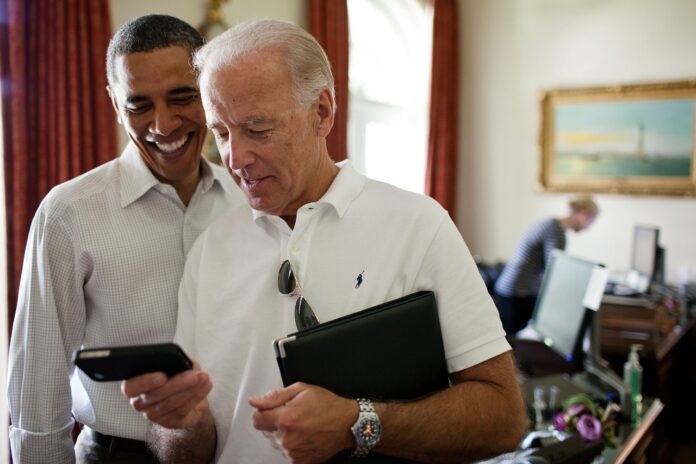The President of the United States holds a position of immense significance within the nation’s political landscape. As the head of the executive branch, the president plays a pivotal role in shaping and implementing policies that impact the lives of citizens across the country. This article explores the multifaceted role of the U.S. President in state affairs, highlighting key responsibilities and the overall impact on governance.
Chief Executive:
One of the primary roles of the president is that of the chief executive. In this capacity, the President is responsible for enforcing and executing laws passed by Congress. This involves overseeing various federal agencies and departments, ensuring they function efficiently and align with the administration’s policy goals. The president’s executive orders and directives wield substantial influence, shaping the regulatory landscape and guiding the implementation of laws.
Commander-in-Chief:
As Commander-in-Chief of the Armed Forces, the President holds the authority to deploy military forces and make crucial decisions in matters of national security. While the power to declare war rests with Congress, the President can respond swiftly to emergencies and protect the nation’s interests through military force. This role underscores the president’s responsibility to safeguard the country and its citizens from external threats.
Chief Diplomat:
The President serves as the nation’s chief diplomat, conducting foreign affairs and representing the United States globally. The President shapes the country’s foreign policy through treaties, executive agreements, and international negotiations. Engaging with world leaders, addressing global challenges, and fostering alliances are essential to the president’s diplomatic role, influencing the nation’s standing in the international community.
Legislative Leader:
While the Constitution grants legislative power to Congress, the President plays a crucial role in the legislative process. The President can propose legislation, outline policy priorities, and work with Congress to shape the legislative agenda. The ability to veto bills further emphasizes the President’s role in shaping the nation’s laws. Building coalitions and navigating the complexities of the legislative process are critical aspects of the President’s legislative leadership.
Economic Steward:
The President wields significant influence over economic policy, promoting economic growth, stability, and job creation. The President plays a central role in determining fiscal priorities through the budgetary process and economic initiatives. The president’s economic policies can have far-reaching effects on issues such as taxation, trade, and regulatory environments, impacting the nation’s economic well-being.
FAQs (Frequently Asked Questions) on the Role of the U.S. President in State Affairs:
What is the primary role of the U.S. President in state affairs?
The primary role of the U.S. President in state affairs is to serve as the head of the executive branch, responsible for enforcing laws, managing federal agencies, and executing policies.
Can the President declare war without Congress’s approval?
While the power to declare war is constitutionally vested in Congress, the President, as Commander-in-Chief, can deploy military forces in response to emergencies. However, a formal declaration of war requires congressional approval.
How does the President influence foreign policy?
The President influences foreign policy through diplomatic efforts, treaty negotiations, and international engagements. The President represents the United States globally, shaping relationships with other nations.
What is the President’s role in the legislative process?
The President plays a role in the legislative process by proposing legislation, outlining policy priorities, and working with Congress to shape the legislative agenda. The president can also veto bills, influencing the passage of laws.
How does the President impact economic policy?
The President influences economic policy through initiatives related to taxation, budgeting, and regulatory decisions. Economic stewardship involves promoting growth, stability, and job creation.
Can the President be involved in state and local matters?
While the President’s primary focus is national affairs, the administration may have policies or initiatives impacting state and local matters. However, the president’s direct involvement in state and local governance is limited.
How does the President communicate with the public?
The President communicates with the public through various channels, including speeches, press conferences, and social media. Addressing the nation allows the president to articulate policy positions and priorities.
What is the role of executive orders?
Executive orders are directives issued by the President to manage and guide the federal government’s operations. They have the force of law and are used to implement policies without congressional approval.
How does the President handle emergencies and crises?
As the nation’s leader, the President has the authority to respond to emergencies and crises. This includes deploying military forces, coordinating disaster relief, and making decisions to protect national security.
How often does the President interact with Congress?
The frequency of interaction between the President and Congress varies. The President regularly engages with Congress to discuss legislative priorities, but the extent of collaboration depends on the political climate and policy objectives.
Conclusion:
The role of the U.S. President in state affairs is expansive and dynamic, requiring a diverse set of skills and leadership qualities. As the nation’s chief executive, diplomat, and commander-in-chief, the President’s decisions shape domestic and foreign policy, influence legislative outcomes, and impact the economic landscape. Understanding the multifaceted nature of the president’s role is essential for comprehending the dynamics of U.S. governance and its implications for citizens at home and abroad.
Visit: infomagzines.com















